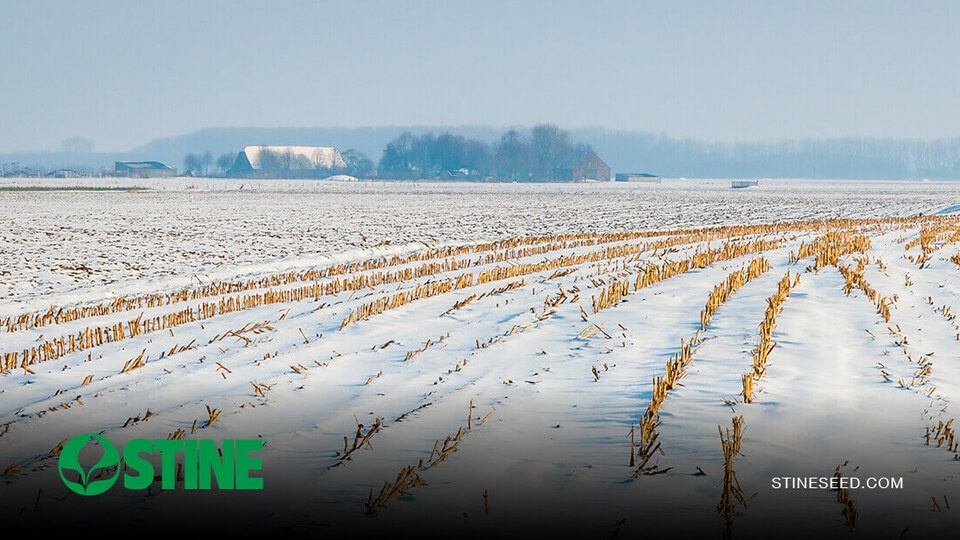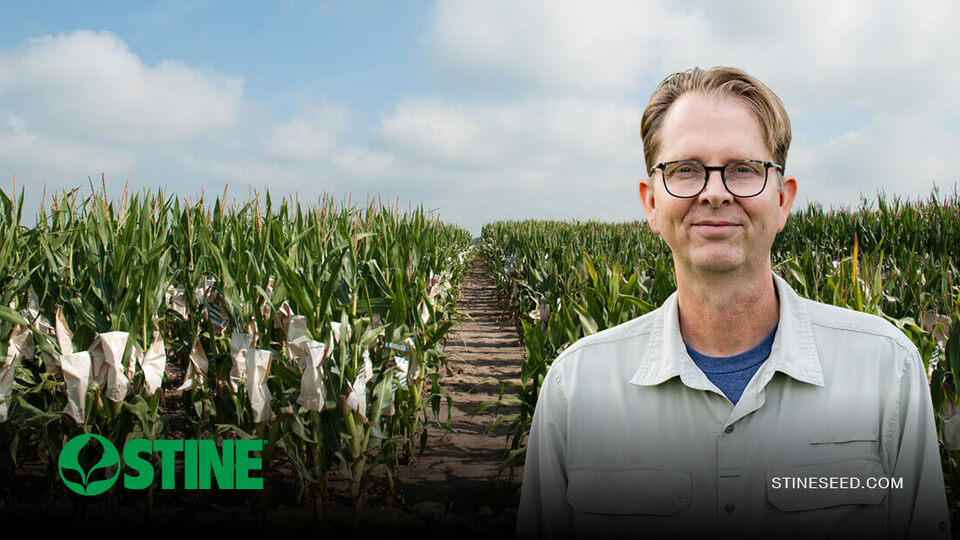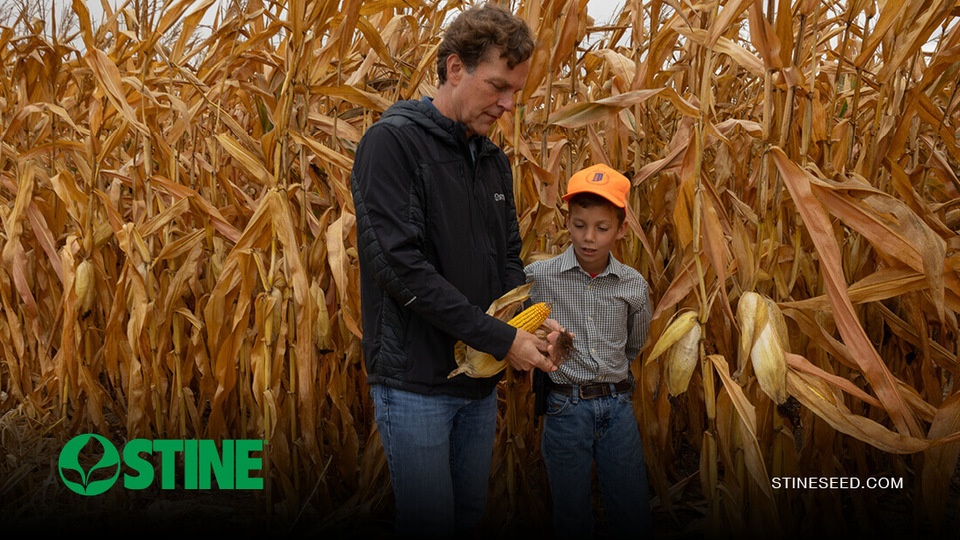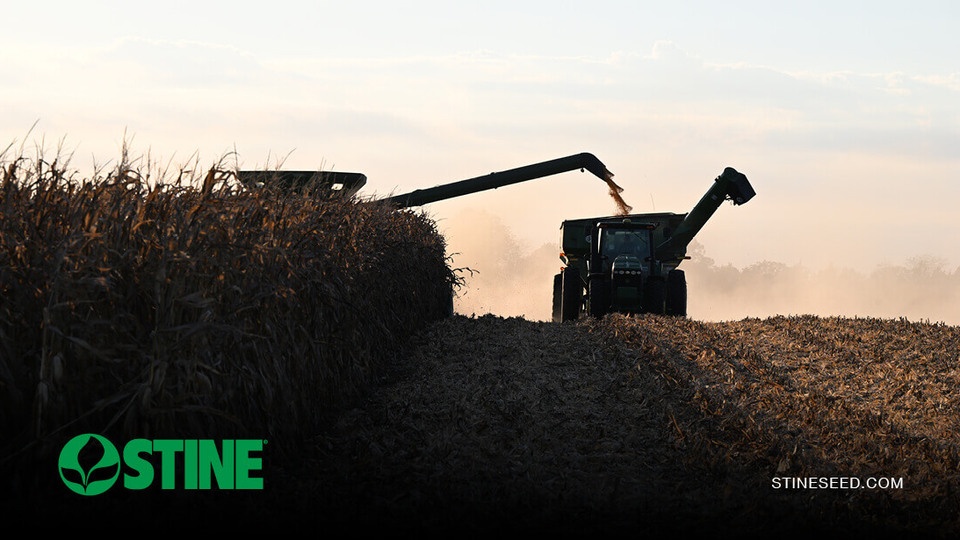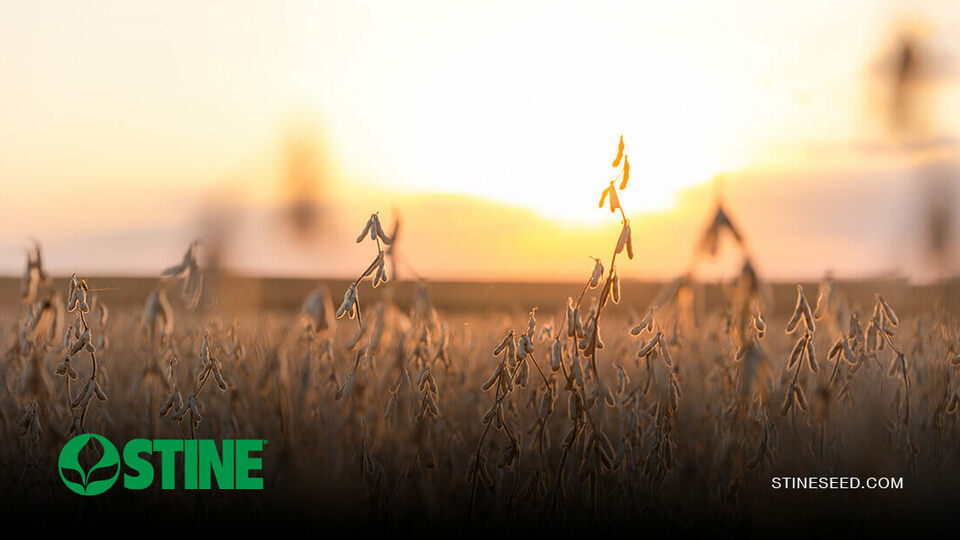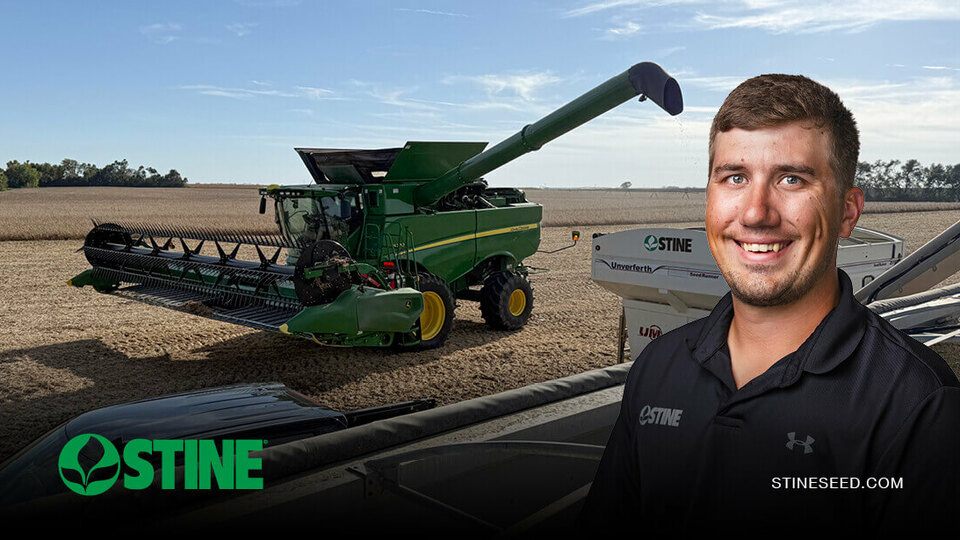Stine Seed Blog
Stine’s Ask the Agronomist blog is your source to the latest information from our expert team, including advice and insight on field practices, product recommendations, planting and harvest updates, new technologies, crop management, innovative research and information about how to keep your farm operation running smoothly year round.
-

Top 5 Stine® stories from 2025
December 2025 in General
-

2025 reflections: Trust, growth and shared success
December 2025 in General
-

Stine® to offer Syngenta’s Victrato® soybean seed treatment in 2026
December 2025 in Agronomy
-

Use Stine’s XP® seed treatments to prevent early injury to your crops
December 2025 in Agronomy
-

Understanding Stine’s enhanced oil profile soybeans
December 2025 in Agronomy
-

Rooted in gratitude
November 2025 in General
-

Soil sampling sets the stage for spring
November 2025 in Agronomy
-

Corn production growth paves way for more high-performing Stine® hybrids
November 2025 in Agronomy
-

From dream to reality: Just a Jackson Thing’s first corn harvest with Stine®
November 2025 in General
-

Stine harvest roundup: Part 2
October 2025 in Agronomy
-

Stine harvest roundup: Part 1
October 2025 in Agronomy
-

Proven performance in the field: Strong soybean yields across Nebraska
October 2025 in Agronomy


